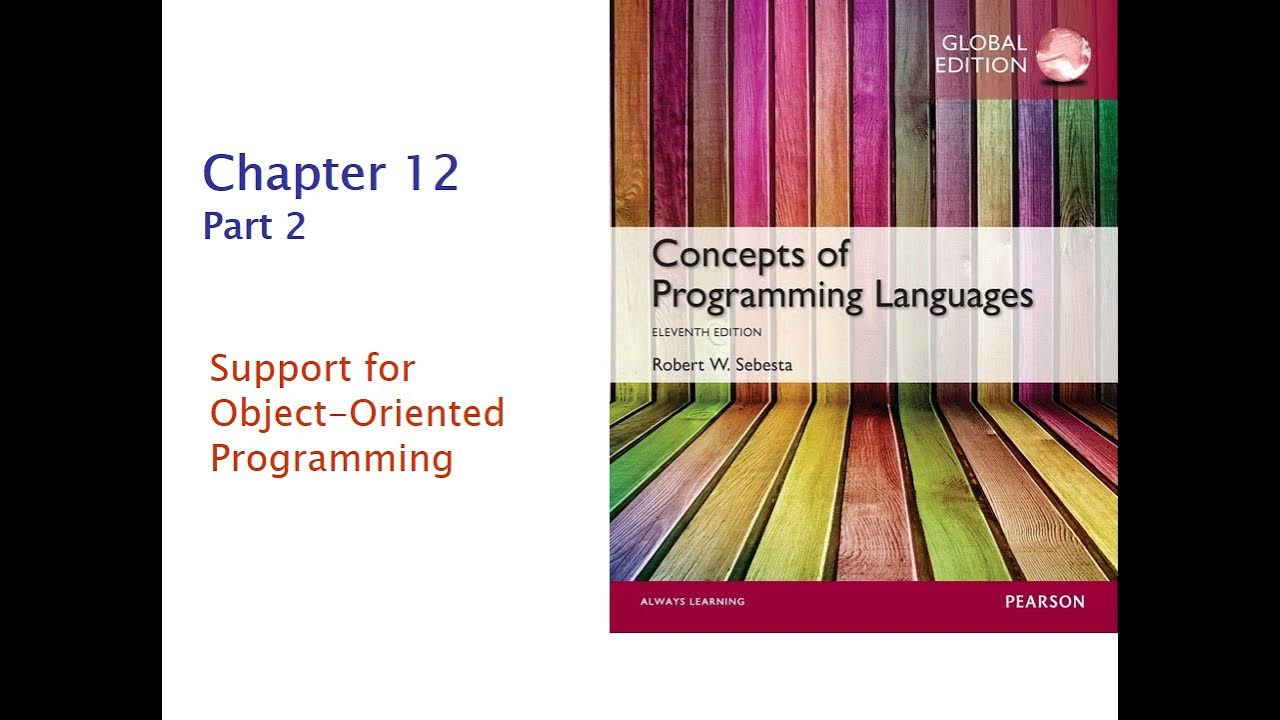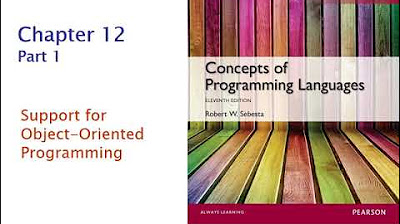Object-Oriented programming Course Intro
Summary
TLDRWelcome to the OOP in Java course, where 'OOP' stands for Object-Oriented Programming and 'Java' is a powerful programming language. This course will teach the basics of OOP, how to implement it using Java, starting with fundamental concepts like classes, objects, and packages. It will also cover advanced topics such as interfaces, constructors, and inheritance. Java's ease of use and its powerful features make it an excellent choice for building robust and efficient code. By the end of the course, you will have a strong understanding of OOP principles, enabling you to write clean, modular code and to further your programming skills with modern languages like Java.
Takeaways
- 😀 The course is about learning Object-Oriented Programming (OOP) with Python.
- 📚 'OOP' stands for 'Object-Oriented Programming', which is a programming paradigm that uses objects and classes to organize code.
- 🔑 The term 'OOP' is an abbreviation for 'Object-Oriented Programming', emphasizing the use of objects and classes.
- 💻 'Python' is a powerful, easy-to-use, and versatile programming language that is the focus of the course.
- 🚀 The course will cover the basics of OOP and how to implement it using Python.
- 🔍 Key concepts such as classes, objects, and encapsulation will be explained in the course.
- 🛠️ The course will also teach how to use Python features like constructors, and possibly inheritance and polymorphism.
- 🔗 It will cover the use of Python's built-in features for building robust and efficient code, such as constructors, decorators, and the override feature.
- 💼 The course is designed to be practical, allowing students to apply the concepts they learn to develop their programming skills.
- 🏆 By the end of the course, students will have a strong understanding of OOP principles, which will help them write clean, maintainable code.
- 🌟 After completing the course, students will be able to learn other OOP languages like Java and .NET.
Q & A
What is the course about?
-The course is about learning the basics of OOP (Object-Oriented Programming) using the C# programming language, specifically with the .NET framework.
What does OOP stand for?
-OOP stands for Object-Oriented Programming, a programming paradigm that uses objects and classes to organize code.
What is the significance of the term '.NET' in the context of this course?
-.NET is a framework used in the course that facilitates the use of C# for building strong and efficient applications.
What basic concepts will be covered in the course?
-The course will cover fundamental concepts such as classes, objects, and encapsulation, which are essential to understanding OOP.
What is the role of C# in this course?
-C# is the programming language through which the principles of OOP will be taught and practiced in the course.
What is the purpose of learning OOP with C# and .NET?
-Learning OOP with C# and .NET allows for the development of robust and efficient code, which is crucial for building scalable and maintainable applications.
How will the course help in building code?
-The course will teach how to use .NET features like constructors, destructors, and overloading to build strong and functional code.
What practical applications can be learned from the course?
-The course will provide practical applications of OOP concepts, enabling participants to develop their programming skills and understand how to write clean and maintainable code.
What is the expected outcome of the course?
-By the end of the course, participants will have a strong understanding of OOP principles and be able to write efficient code, setting a foundation for learning advanced programming languages like Java or .NET.
Will the course cover advanced programming languages after C#?
-The course mentions that after mastering the basics of programming with C#, participants can learn other modern languages such as Java.
What does the term 'encapsulation' refer to in the context of OOP?
-Encapsulation in OOP refers to the bundling of data with the methods that operate on that data, or the restriction of direct access to some of an object's components.
Outlines

This section is available to paid users only. Please upgrade to access this part.
Upgrade NowMindmap

This section is available to paid users only. Please upgrade to access this part.
Upgrade NowKeywords

This section is available to paid users only. Please upgrade to access this part.
Upgrade NowHighlights

This section is available to paid users only. Please upgrade to access this part.
Upgrade NowTranscripts

This section is available to paid users only. Please upgrade to access this part.
Upgrade Now5.0 / 5 (0 votes)





